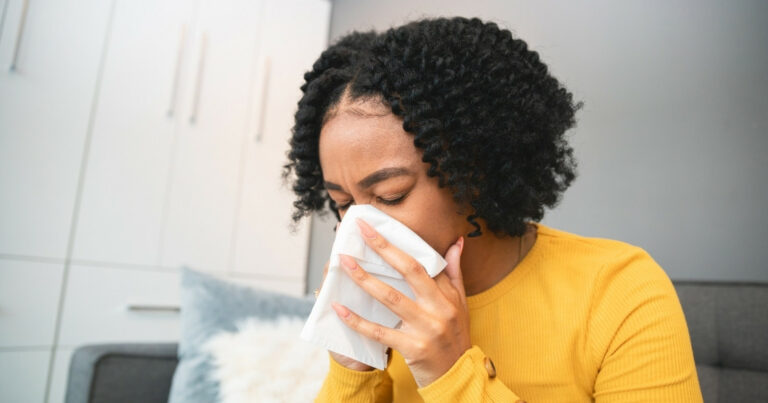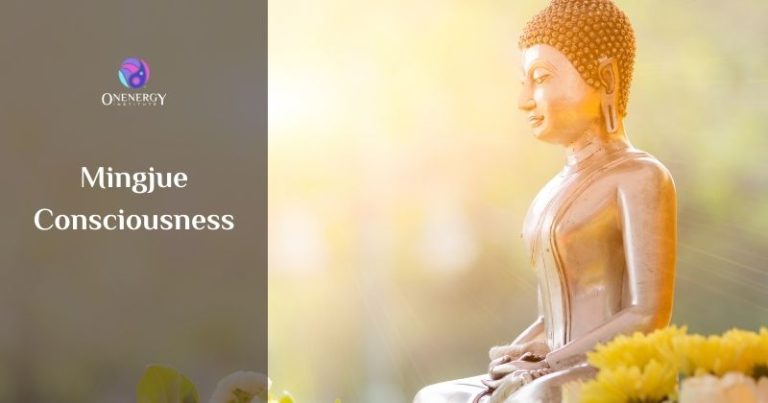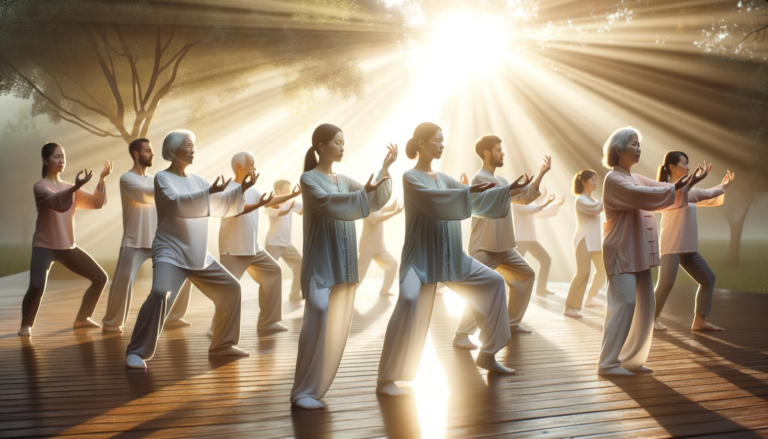What You Need To Know About Three Dantian Qi
In qigong class, you may have heard about the Three Dantian, which refers to the three locations where our human body qi is stored.
In qigong, we believe that human life is supported by blood and qi. It’s impossible to separate the two. Your blood and qi transform into each other all the time to support different body functions.
Your Dantian is the harbor for your qi; your heart is the harbor for your blood.
What is Dantian
You have to understand this: Dantian is not a thing. Our ancestors created that name to describe what they had observed about the human body qi.
It is a Taoist practice term referring to an area where your body qi gathers and generates. Because multiple streams of energy channels meet, the qi in that area becomes tenser. It is the center where qi is strengthened and then distributed to all other body parts. Like your heart is the pump for your blood, you can think that your Dantian pumps your qi all over your body.
Dantian is not a matter. Therefore, it doesn’t occupy space or possess rest mass. But, our ancestors found that your body qi is accumulated in three locations. They named them lower, middle, and upper Dantian.
Three Dantian Locations
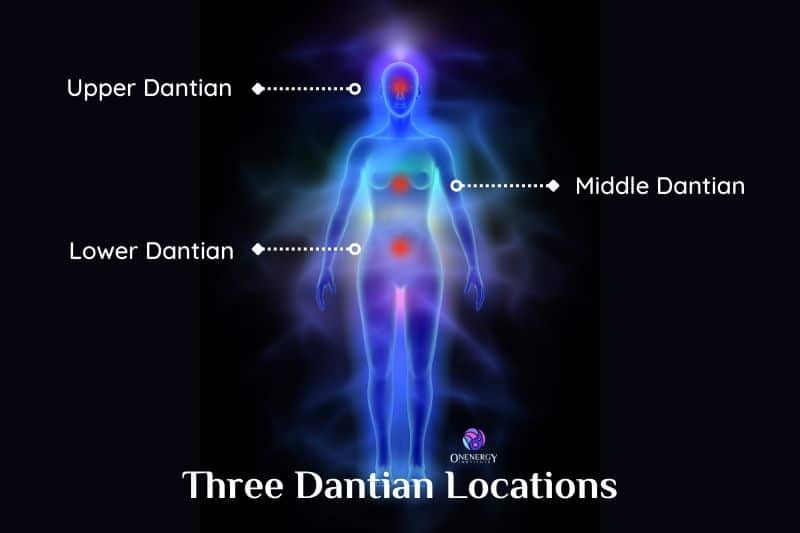
Lower Dantian
Lower Dantian 下丹田 is located below and behind your belly button. It gathers your physical body qi. Your physical body qi supports your whole body functions, including breathing, moving, digesting, reproducing, blood circulation, etc. When your qi there is strong, your life has vitality.
Middle Dantian
Middle Dantian 中丹田 is located inside your chest and around the diaphragm. It gathers your inner organ qi. The qi there majorly supports functions of your inner organs, including your heart, lungs, kidney, spleen, and stomach. Your middle Dantian qi can mobilize your inner organs’ qi. You interpret that as your feelings and emotions.
Upper Dantian
Your upper Dantian 上丹田 is located inside your brain and behind the center of your eyebrows. That qi dominates your mental functions, nerve system, and beyond. When that area qi is strong, you have strong mental faculties. In other words, your mind is sharp.
However, if you are strong in upper Dantian but weak in lower Dantian, your body can’t sustain its life long. Eventually, your mind has to go with the body. That being said, your upper Dantian is capped by your Lower Dantian.
How to cultivate your Dantian qi
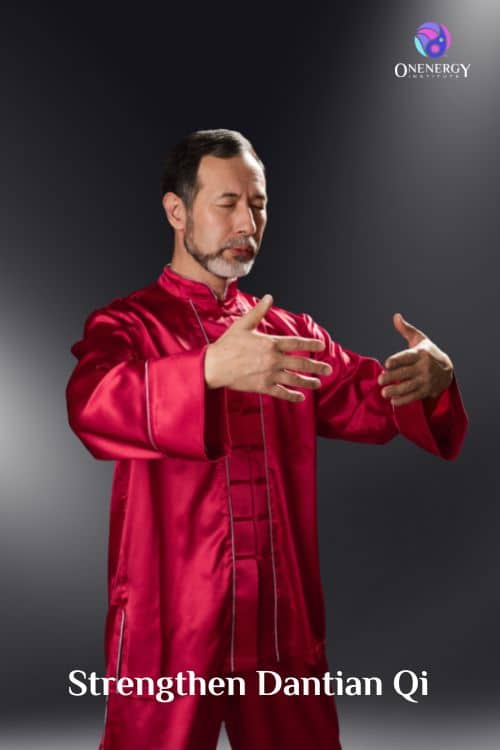
There are three ways to cultivate your Dantian qi. To most people, there is only one method: taking food. There is still a lot to talk about food. For example, is there some food optimal for strengthening your qi? On the other hand, is there any food that can weaken your qi? How do you eat to take advantage of food qi to nourish yours? Read this article about healing with food qi.
The second method is through certain body posture and movement. That is where qigong practice comes into play. Some changes in the body posture or movement will trigger qi movement differently.
For example, during standing meditation, how your arms, hands, and legs posture and where your Shen shall connect will nourish qi in different areas. But before that, you need to understand what qi and qigong are.
The third method is sound meditation. For example, Hun Yuan Ling Tong mantra is a great qigong sound meditation. It can boost all three Dantian qi. In your daily qigong practice, picking the right qigong music can also help cultivate qi in different locations.
If you want to experience those three different methods, follow the Onenergy qigong programs. Our programs are built-in into our qigong and meditation App.

Summary
These three Dantian are about the three locations of qi gathering. In my previous articles, I wrote about Jing Qi Shen, the three levels of qi. It’s about qi’s different qualities and manifestation levels. One thing to note is that each Dantian contains all three levels of qi.
By the way, we teach Dantian breathing in our preparatory qigong practices in the Onenergy App. It is a level one practice.




